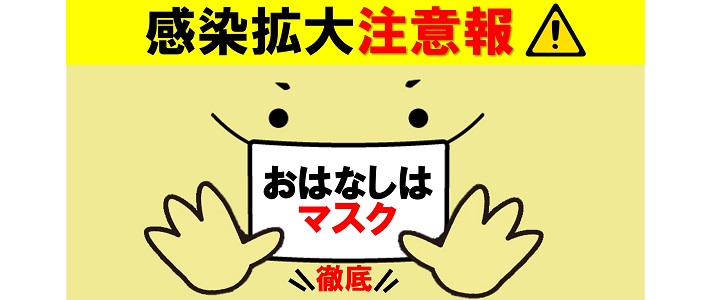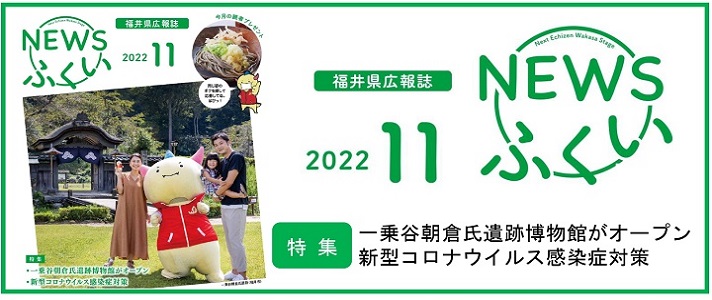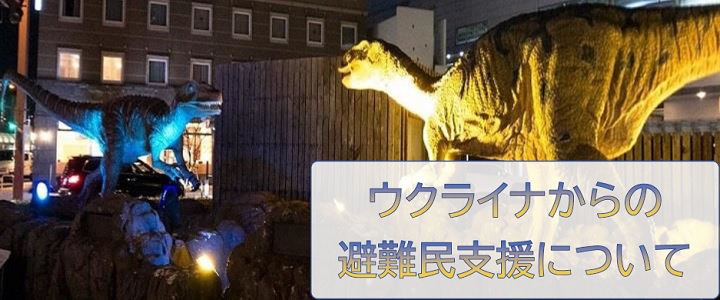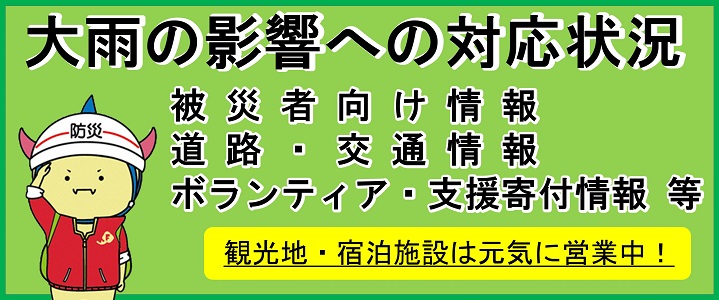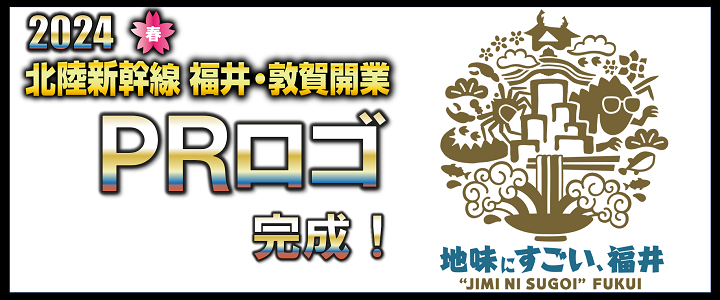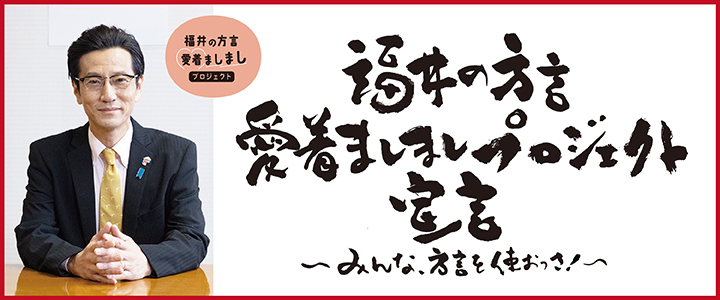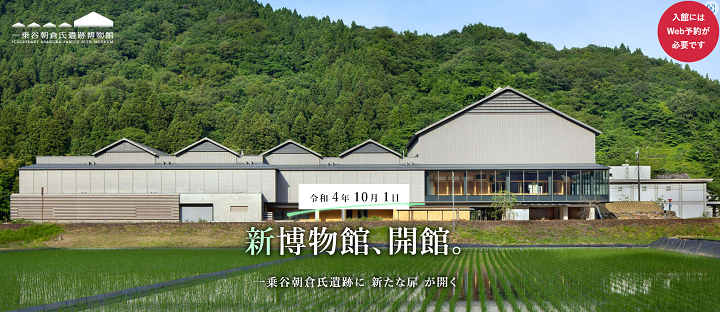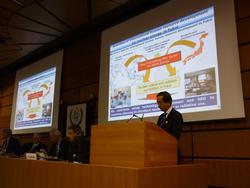IAEA主催「原子力発電計画のための人材育成に係る国際会議」知事基調講演
|
このページは、平成26年5月12日(月)にウィーンのIAEA本部で開催された「原子力発電計画のための人材育成に係る国際会議」での知事の基調講演の内容をまとめたものです。 |
|
Thank you Mr. Chairman. In Fukui Prefecture, 2 nuclear power plants started operation in 1970. Fukui has been an important pioneer in nuclear power development in Japan, and various types of nuclear plants are located in the area. Fuki Prefecture has utilized nuclear power plants under the condition that safety is sufficiently secured and local residents' understanding is obtained. We do not only depend on national government and power companies but Fukui Prefecture also has its own organization and staff to examine and monitor the operation and safety of nuclear power plants. In 1972, 2 years after starting operation of the first nuclear power plant, Fukui Prefecture was the first prefecture to employ experts in nuclear power, and in 1977, set up a “Nuclear Energy Safety Division". Now we have 22 experts, who examine the safety of nuclear power plants and radiation levels in the environment. Furthermore, we have also set up our own “Fukui Nuclear Safety Committee” consisting of nuclear specialists and university professors who check nuclear safety issues. In addition, we are gaining the trust of local residents by taking responsible actions in the event of an accident with thorough safety monitoring, and providing transparent information. Japan experienced a severe accident which led to the meltdown of fuel at Fukushima nuclear power plant in March of 2011. It has been noted that in Fukui, people stayed calm after the accident thanks to usual safety monitoring, and information dissemination. In order to avoid a nuclear accident like the Fukushima nuclear power plant, we in Fukui are strongly requesting that the government and electricity companies should improve the safety of nuclear power plants as much as possible, and our requests were approved. After the Fukushima nuclear power plant accident, in May of 2012, all 48 nuclear power plants in Japan were not operating, which brought large increases in the dependence on fossil fuels, an increase in CO2 emission, and a rise in electricity prices. In June of 2012, the Prime Minister Noda of the Democratic Party at that time insisted that units 3 and 4 of Ohi Nuclear Power Plant in Fukui Prefecture restart operation, believing that the continuation of the suspension of nuclear power plants would cause huge inconveniences in people’s lives, and asked for the agreement of Fukui Prefectural Government. Fukui requested that the government set up a strict "special safety monitoring team" headed by the Deputy Minister of Economy, Trade and Industry, composed of the national nuclear safety regulator, the electricity company, and the plant maker, and we dispatched our own experts to the plant to monitor safe operation and practice emergency response. In the 13 months of operation after the restart of the Ohi nuclear power plants until the inauguration of the Nuclear Regulation Authority, we showed that safe operation of nuclear power plants was possible by taking every precautionary measure while meeting the electricity demand of the Kansai area. However, during this period, governors and mayors of so-called electricity consuming municipals in the Kansai area reiterated negative remarks about the significance and re-operation of the nuclear power plant. I recognize that this is a problem in which the safety efforts and contributions of areas where power plants are located are not appreciated enough by the large cities that consume large amount of electricity. There is a big difference in awareness and understanding of nuclear power between the public in areas. One where nuclear power plants are located and always confronted with safety issues. The other where people just consume electricity. In my view the government should fully communicate with the public in large electricity-consuming areas on the essential roles of nuclear power for energy security and mitigation of climate change. The Cabinet of Japan finally approved "the New Energy Basic Plan" on the 11th of last month. At the Advisory Committee where this Basic Plan was prepared, I was a committee member representing prefectures with nuclear power plants and insisted the Energy Basic Plan should describe the importance of nuclear power in practical point of view. In this basic plan, nuclear power is an important base-load source of electricity. The plan also decides re-operation of the nuclear power plants if it is approved by the Nuclear Regulation Authority. The New Energy Basic Plan is the starting point for rebuilding Japanese energy policy, and I am insisting that the government fully explain it to the public and implement the plan by every effort with the understanding and trust. Since the basic plan does not identify the best mix of energy sources including the ratio of nuclear energy, I on behalf of the Fukui Prefecture, would further propose appropriately the best energy mix in due course. Considering the new nuclear safety standard indicates the lifetime of nuclear power plants is, in principle, 40 years, the decommissioning of nuclear power plants is an urgent agenda. In this respect, last October, the Fukui Prefectural Government has set up the Reactor Decommissioning and New Power Sources Policy Office which was the first in Japan. The office is now gathering information about decommissioning process and technical problems, studying measures to foster related businesses, and planning to conduct overseas research this year. We are planning to form a research and development center to approach the technical challenges in nuclear power plants decommissioning together with the government. In my view it is our duty to make our best effort to solve difficult problems such as the Fukushima accident, defining the best energy mix, and decommissioning of nuclear power plants, and we are sure that all the problems can be solved with our wisdom, technology and science. From our experience for a half century, we recognize that ensuring safety is the most important in the operation of nuclear power plants, and I like to emphasize that human resource development is indispensable for it. For the training of nuclear engineers Fukui Prefecture has advantages in hosting various types of nuclear power reactors, such as the Pressurized Water Reactor (PWR), the Boiling Water Reactor (BWR), the Fast-breeder Reactor and Advanced Thermal Reactor in different stages including preparation stage of construction, operation and decommissioning. Moreover, through experiences of various troubles and accidents, we have accumulated experts working for strengthening safety measures and regional involvement. I believe that sharing our knowledge and experiences with countries which are introducing nuclear power generation is an important role for Fukui Prefecture. We, therefore, have been promoting nuclear human resource development for Japan and the international community. We established the Fukui Prefectural International Human Resources Development Center for Atomic Energy in April 2011 in order to strengthen these human resource development programs. Since the establishment of this center, the number of trainees has increased every year, and last year more than 160 administrative officials, engineers and researchers from all over the world were trained in Fukui. Our nuclear human resource development activities for international cooperation is well recognized by the IAEA, and in October of last year, Mr. Amano, Director General of the IAEA and I concluded Practical Arrangements for the cooperation of human resource development in order to promote nuclear power and nuclear science application. Last February, together with the IAEA, we held a training program targeting high level administrative officials who are in charge of nuclear policy in Asia, which was highly praised. Moreover, in the meeting with Mr. Amano the day before yesterday, we agreed that Fukui would host the instructors training program of the Asian Nuclear Safety Network (ANSN) this August in cooperation with the Department of Nuclear Safety and Security. In strengthening our partnership with the IAEA and based on the lessons learned from the Fukushima nuclear plant accident, we believe that conveying this fact to people of the world and future generations is a highly important task of Japan and Fukui for the promotion of peaceful and safe use of nuclear energy around the world. In the areas of radiation and isotope applications, Fukui Prefectural Hospital is effectively curing cancer patients by radiation treatment including advanced proton beam therapy. For early diagnosis of cancer and Alzheimer disease, the PET (positron emission tomography), advanced nuclear medicine is used at the University of Fukui. We also hope to share our experiences not only in medicine but also in agriculture and industrial applications with IAEA Member States. Now, let me tell you more about Fukui. I would be very pleased if Fukui and the IAEA could cooperate to hold an international conference in Fukui, where many of you from the IAEA member states could participate in and discuss human resource development for nuclear energy, and you could enjoy sightseeing in Fukui as well. In addition, “Washoku,” which is traditional Japanese cuisine was registered to UNESCO's Intangible Cultural Heritage list last December. Fukui’s Japanese cuisine culture which is tied to Fukui’s seasonal ingredients and traditional events, greatly contributes to the registration. In concluding my presentation, I would like to express my confidence that the continuous effort for the peaceful and safe use of nuclear energy will bring about the better life and sustainable society, and my commitment to contribute in human resource development for that purpose. Thank you very much for your attention. (日本語訳) 議長、ありがとうございます。 まず、このIAEAの会議にお招き頂き、福井県の進めている原子力人材育成の活動について講演する機会をいただきましたことを感謝申し上げます。 福井県では、1970年、2基の原子力発電所が運転を開始し、その後、福井県の南部に高速増殖原型炉「もんじゅ」を含む15基の発電所が建設されました。 福井県は日本における原子力開発のパイオニアを担っており様々な型式の原子炉が立地しています。 福井県は、原子力発電所の安全が十分に確保されることを前提に、県民の理解を得ながら、原子力発電所の利用を進めてきました。 安全は国や電力事業者だけに任せるのではなく、県として独自の組織・人員体制を整え、原子力発電所の運転と安全を厳格に監視しています。 例えば、原子力発電所が運転開始した2年後の1972年、全国に先駆けて原子力の専門職員を採用しました。また1977年には「原子力安全対策課」という部署を設置し、現在は全国で最も多い22名が発電所の安全と環境の放射線を監視しています。 さらに、県内外の専門家、大学教授を委員とする「原子力安全専門委員会」を独自に設置し、原子力発電の安全をチェックしています。 2011年3月、日本は福島原子力発電所において炉心溶融に至る深刻な事故を経験しました。 事故後、2012年5月には国内に48基ある全ての原子力発電所が停止し、日本全体のエネルギー問題となり化石燃料への依存の高まりは地球温暖化や電力料金の高騰などの問題にも広がっています。 2012年6月、当時の民主党の野田前総理大臣が「原発を今止めてしまっては、日本社会は立ち行かない。国民の生活を守るため大飯原発3・4号機を再稼働すべきである」とし、福井県に再稼働の同意を求めました。 再稼働に当たっては、経済産業副大臣を責任者とし、国の規制機関、電力事業者、プラントメーカーによる「特別な安全監視体制」を整備することを求め、県の専門職員も現場に派遣し、安全運転の監視・緊急対応に努めました。 こうして国の原子力規制委員会が発足するまで大飯発電所は13か月間安全に稼働し、関西地域の電力需要に応えるとともに万全の体制で対応することにより安全な運転が可能であることを示しました。 一方で福島第一原発事故以降、こうした状態に至るまでに、関西地域のいわゆる電力消費地の首長は、原子力発電所の意義や再稼働について、否定的な発言を繰り返していました。 これまで立地地域が果してきた努力や貢献が、電力を消費してきた都市部に十分に評価されていないためと認識しています。 長年、原子力発電の安全と常に対峙してきた立地地域と電力消費地では、原子力発電に対する意識に大きな差があります。国は責任を持ってエネルギーの安全保障や地球温暖化対策において原子力が果たす重要な役割について、電力消費地に丁寧に説明していく必要があると考えます。 ようやく先月11日には、日本政府は我が国の「エネルギー基本計画」を閣議決定しました。 本計画で、原子力は「重要なベースロード電源」と位置づけられました。また、原子力規制委員会の新しい規制基準に適合すると認められた場合には原子力発電所の再稼働を進めることが示されました。 今回の「エネルギー基本計画」は、これまであいまいであった日本のエネルギー政策を立て直す出発点であり、政府に対し、確信をもって国民に説明し、理解と信頼を得ながら、腹を据えて実行してほしいと求めています。 今回の計画では、原子力の割合などエネルギーのベストミックスが示されていないことから、これらの残された課題についても、本県として政府に対し積極的に提言していきます。 また、新しい基準で40年の運転制限が導入され、今後、立地地域においては、廃炉が現実の問題となっています。 本県では、この廃炉の問題に全国に先駆けて対応するため、廃炉・新電源対策室を昨年10月新たに設置しました。 ここでは、廃炉に関する最新情報の収集や技術的な課題の整理、関連するビジネスの育成などの様々な対策について検討を行っており、今年中に海外調査も行う計画です。 福井県としては、今後、国とともに廃炉に関する技術課題に対応する最先端の研究開発拠点を形成したいと考えています。 福島原発事故の対応、エネルギーのベストミックス、廃止措置の問題は我々の手で解決可能な問題であり、知恵と技術・科学の力を結集し、最大限努力するべき仕事だと思っています。 これまでの半世紀にわたる経験から、原子力の安全確保が最も重要であり、そのために人材の育成は不可欠であると考えています。 原子力人材の育成を行うに当たって、福井県には、加圧水型炉(PWR)、沸騰水型炉(BWR)、高速増殖原型炉、新型転換炉と各種の炉型の原子力発電所が立地するとともに、建設準備段階から、運転、廃止措置まで、様々な段階の原子力発電所があるという利点があります。 このほか、様々なトラブルや事故を経験する中で、地域との関わりや安全対策の充実強化に対応できる多くの人材が蓄積されています。 本県としては、これまでの知識や経験を原子力発電の導入を進める国々に伝えることが責務であると考えており、これらの施設、人材を活かし、国内外の人材育成を積極的に行ってきました。 また、2011年4月に「福井県国際原子力人材育成センター」を設立し、これらの事業を充実しました。 センター設立後、海外からの研修生、研究者は、毎年増加し、昨年度も世界各国から年間160名を超える行政官や技術者等が、県内で研修を受けています。 これらの取組みはIAEAからも評価され、昨年10月、IAEAの天野事務局長と私との間で「原子力人材育成や放射線利用の協力に関する覚書」を締結しました。 その後、今年2月にはIAEAと協同で、アジアの原子力政策を担当する上級行政官を対象とした研修を新たに実施し、大変良い評価をいただきました。 また、一昨日の天野事務局長との打合せで今年8月にIAEAの原子力安全・セキュリティ局が所管する「アジア原子力安全ネットワーク(ANSN)」の『講師人材育成研修』を行うことで合意しました。 今後とも、IAEAとの協力関係を一層強化し、福島原発事故の教訓を、後世に、あるいは世界の国々に伝えることが、原子力の平和かつ安全な利用の促進における日本と福井県の重要な役割であると考えております。 この他、放射線医療の分野では、福井県立病院において、放射線や陽子線による癌治療が行われています。また、福井大学では、癌やアルツハイマーの早期診断にPET診断が用いられています。 福井県は、豊かな自然や食材に恵まれ、優れた産業や伝統工芸があります。また、世界三大恐竜博物館の一つである「福井県立恐竜博物館」などの観光地も多くあります。 できればIAEAと福井県が共同で、本県で国際会議を開催し、IAEA加盟国の多くの方々にお越しいただき、原子力の人材育成について議論するとともに、県内観光もお楽しみいただくことを願っています。 また、昨年12月に「和食」がユネスコの世界無形文化財に登録されました。この登録には、福井の四季の食材や年中行事と結び付いた「福井の和食文化」が登録に大きく寄与しています。 最後に、原子力の平和かつ安全な利用へのたゆまぬ努力が、私たちにより良い生活と持続可能な社会をもたらすことを確信し、原子力人材の育成に取り組んでいく覚悟であることを申し上げ、私の講演を終わらせていただきます。 ありがとうございました。 |
お問い合わせ先
(地図・アクセス)
受付時間 月曜日から金曜日 8時30分から17時15分(土曜・日曜・祝日・年末年始を除く)










